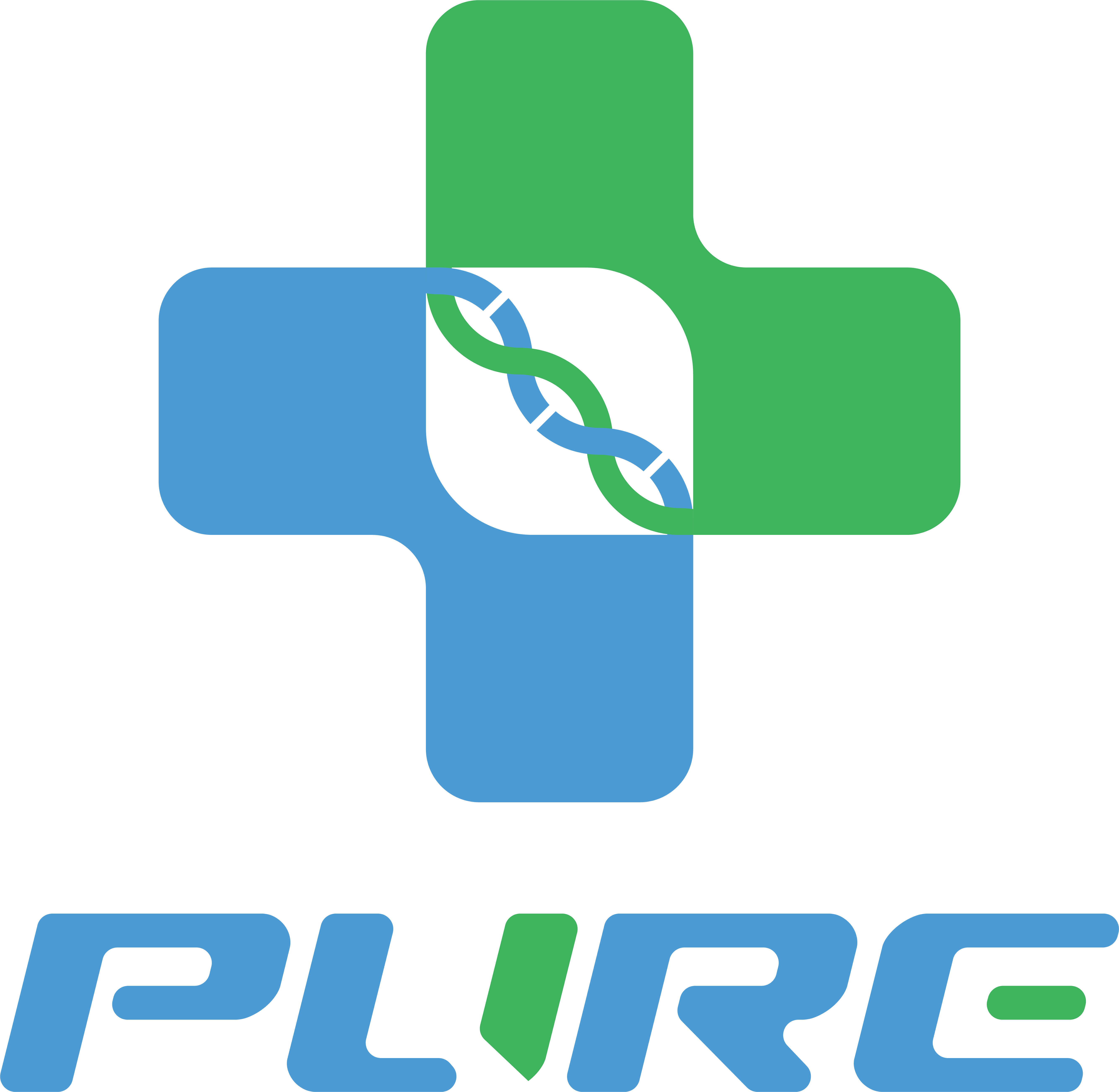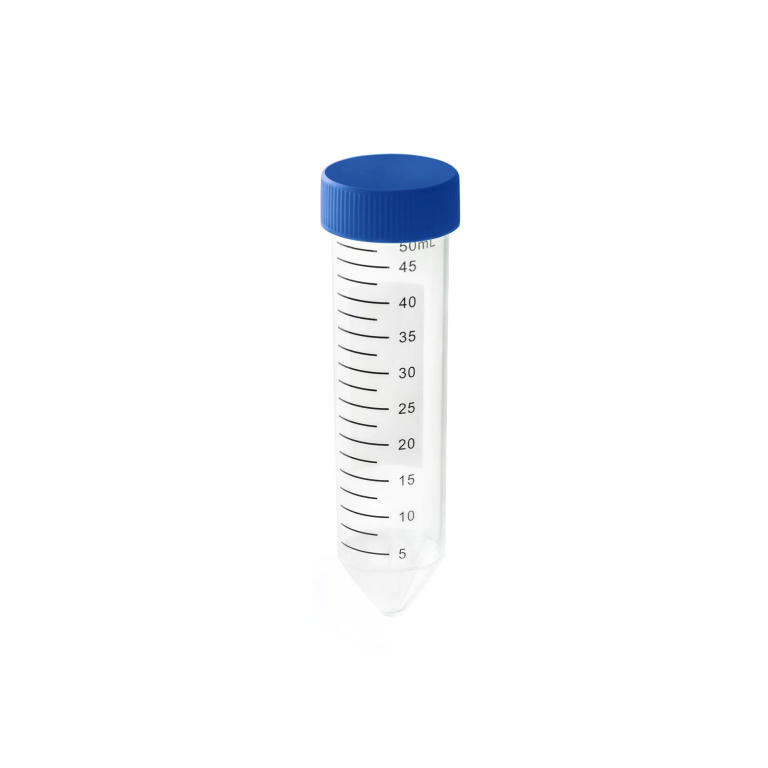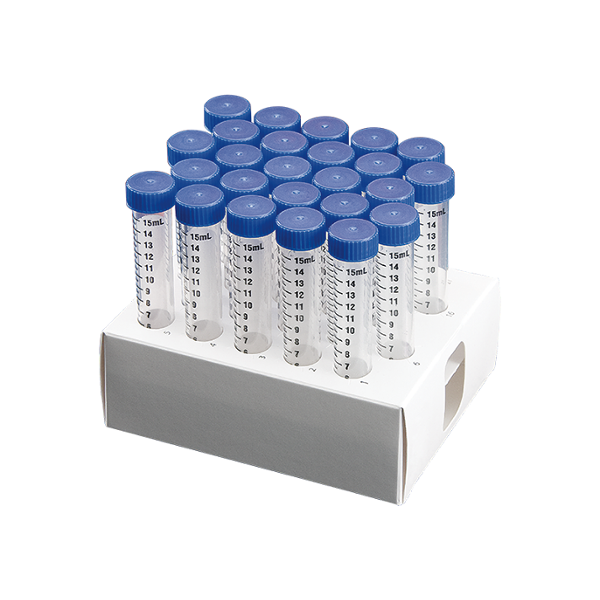Filtered pipette tips are pipette tips equipped with a built-in filter to prevent aerosol and liquid contamination from entering the pipette shaft. These filters are typically made of hydrophobic materials, such as polyethylene (PE) or polytetrafluoroethylene (PTFE). The hydrophobic nature of these materials allows air to pass through while repelling liquids.
The primary purpose of using filtered pipette tips is to protect the pipette and maintain the integrity of the sample being pipetted. Here are some key features and benefits of filtered pipette tips:
- Aerosol Barrier: The filter acts as a barrier against aerosols, preventing the entry of airborne contaminants into the pipette shaft. This is particularly important when working with sensitive samples, such as DNA, RNA, or other biomolecules.
- Sample Protection: The filter helps prevent sample carryover between different samples by blocking any liquid that may be present in the pipette shaft from reaching the sample in the tip.
- Preventing Cross-Contamination: Filtered tips are useful when pipetting samples that are prone to carry contaminants, especially in molecular biology and PCR applications where even trace amounts of contamination can impact results.
- Reducing the Risk of Contamination: Using filtered tips reduces the risk of contamination during pipetting, improving the reliability and accuracy of experimental results.
- Universal Compatibility: Filtered pipette tips are often designed to be compatible with a variety of pipette brands and models. However, it’s crucial to verify compatibility with your specific pipette.
When using filtered pipette tips, it’s important to follow the manufacturer’s guidelines and recommendations. Additionally, be aware that filtered tips may have specific limitations, such as maximum volumes or types of solutions they can handle. Always choose the appropriate filter size and material based on the application and sample being pipetted.


